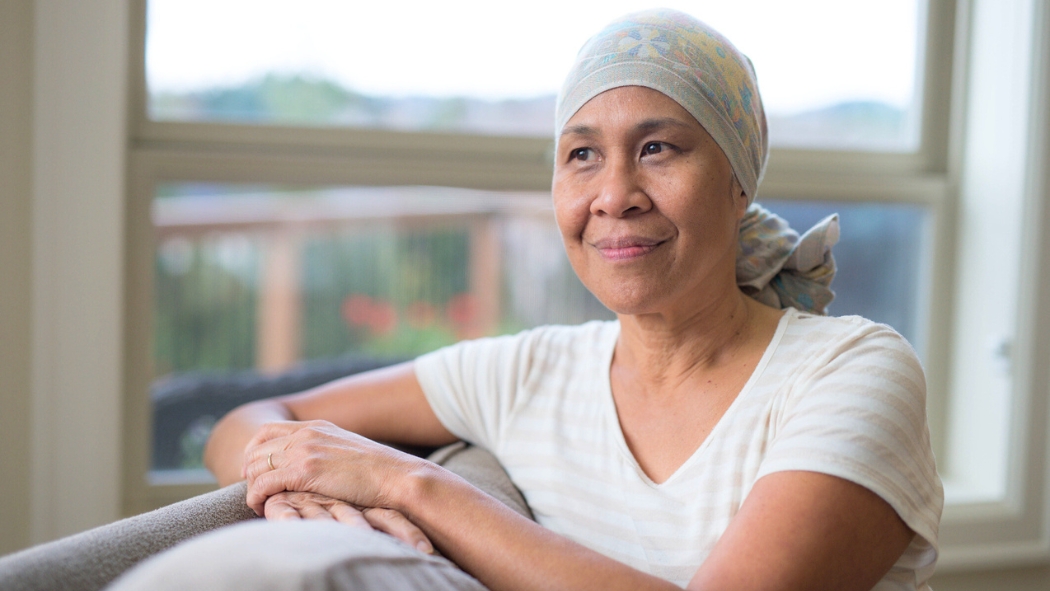A new study from Cigna Healthcare has found that patients prescribed pegfilgrastim — an injected medicine that reduces the risk of infection during chemotherapy — experience better health outcomes when the treatment is administered in their homes rather than a hospital setting.

Quick Take
- We analyzed more than 13,000 patients to understand the benefits of receiving pegfilgrastim injections at home vs. in a hospital.
- Patients were 32% less likely to suffer serious health issues when pegfilgrastim was administered at home.
- Home injections are also less costly for plan sponsors and patients than injections in a hospital-based setting.
Patients undergoing cancer treatment who have been prescribed pegfilgrastim — an injected medicine that reduces the risk of infection during chemotherapy — have better health outcomes when the treatment is administered in their homes rather than a hospital setting, a new study from Cigna Healthcare has found. Pefligrastim helps make white blood cells, which fight infection — and which are depleted by some cancer therapies.
The study, which analyzed the outcomes of more than 13,000 patients, found that neutropenia, fever, pneumonia, and sepsis were 32% less likely in patients who received pegfilgrastim at home rather than in a hospital. Neutropenia is an abnormally low number of neutrophils, a type of white blood cells.
Clinical guidelines recommend administering pegfilgrastim at least 24 hours after chemotherapy. Receiving the treatment too soon after chemotherapy has the potential to make the patient more — not less — susceptible to infection. However, many patients receive pegilgrastim the same day as their chemotherapy, while they are still at the hospital or other site of care. Our study found that same-day pegfilgrastim administration was 43% lower in patients who underwent home redirection.
“Getting chemotherapy is an intense treatment that often leaves patients fatigued and feeling ill,” said Dr. Scott Josephs, chief medical officer, Cigna Healthcare. “Pefligrastim administered at home minimizes the number of outpatient visits for patients with cancer, who are at an increased risk of infection. Having this medication administered at home improves outcomes, is more convenient, and helps patients avoid both the costs and logistics associated with traveling to a physician’s office, hospital, or nonhospital-based ambulatory infusion center the day after chemotherapy.”
Home injections are also less costly for plan sponsors and patients than injections in a hospital-based setting.
Cigna Healthcare uses claims data to identify patients who might benefit from home-based treatments, then works with the patient's doctor to ensure a home setting is appropriate. As part of our Pathwell Specialty program, we provide home health nurses to educate patients and caregivers on how to inject pegfilgrastim. Each dose of this drug typically is provided in a pre-filled syringe, ready to inject. In addition to opting for self-injections, patients can arrange for a home health nurse to administer the medication.
“Our expert team is always available to help them and make them comfortable with whatever process they choose,” Dr. Josephs said.

Report: Pegfilgrastim Home Redirection Outcomes
Learn more about the impact of Cigna’s site-of-care home-redirection program on pegfilgrastim effectiveness in preventing complications.